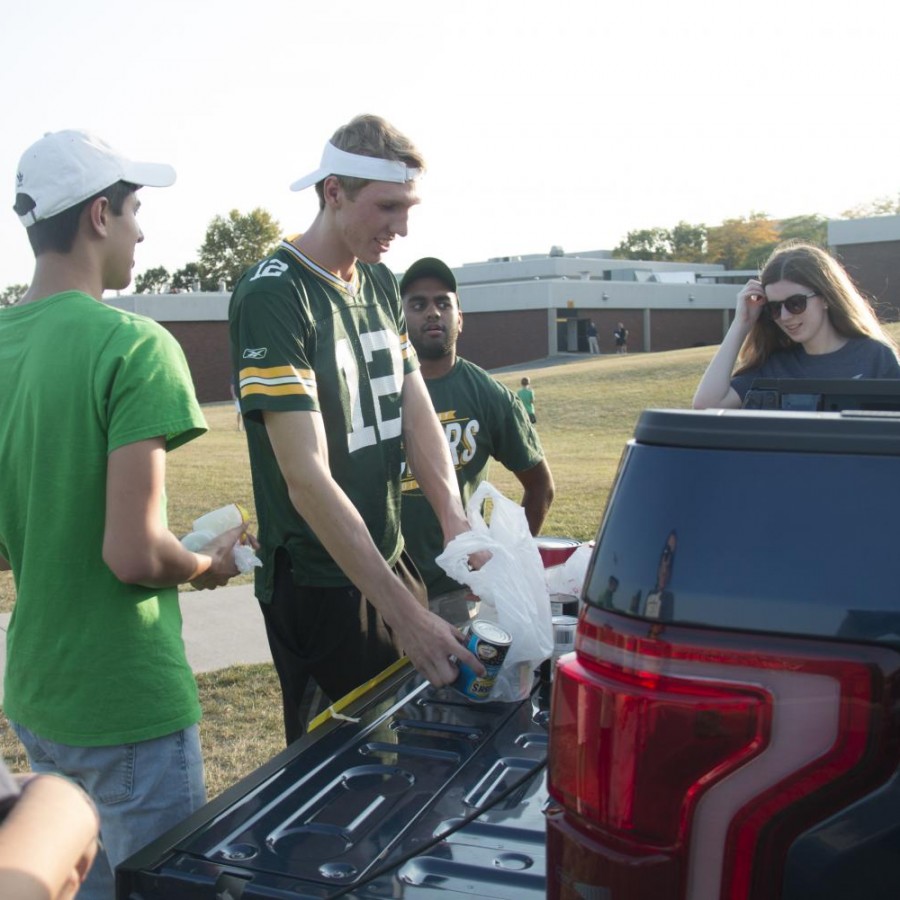Food, insecurity, and hunger. When it’s spoken about, people think that they sound the same, but they have distinctly different meanings. Food insecurity is most concisely described, by the U.S Department of Agriculture, as “a lack of consistent access to enough food for an active, healthy life.” Hunger is the raw, physical feeling that people have when they don’t get enough food.
Many families struggle with both of these things every single day, and most people have no idea that it’s happening. There are people who have trouble functioning in their everyday life due to a lack of nutritional food. In the United States alone, 1 in 8 people are food insecure, which adds up to about 42 million Americans. Along with hunger, food insecurity is a problem that could be helped if more people knew about it.
Most people assume that families who struggle with food insecurity are automatically in the “low food security” category. What they don’t know is that there are actually four different categories. The scale ranges from high food security, to very low food security. High food security families have no problem with obtaining food throughout the year, and they never have to worry. Very low food security families have troubles during the year, for example, not having enough money at times during the year to purchase enough food. Overall, the amount of people who struggle with food insecurity are more than you think.
There are many dangerous effects that can come from not getting the right amount of nutritional value from food. The website, Feeding America, states that not having the correct nutrients can “damage a child’s ability to learn and grow.” Because of food insecurity and hunger in general, many children are not developing in the way that they should be developing. This goes for adults too. Along with children not getting the nutritional value that they need, adults are not getting the nutrients that they need to live a healthy lifestyle.
There are many ways that we can help this matter to be not as big of a problem. Student hunger drives, participating at local food pantries and soup kitchens are just some of the ways that people could get involved. Susan Anil was very involved in Pleasant Valley’s Hunger Drive last year. Anil stated that, “The student hunger drive is a very accessible way for students to get involved in the fight to allute (and hopefully one day end) food insecurity.” It’s one of the best ways to start towards making a difference. She then added, “Together, we truly can make a profound impact on our community.” If everyone, who is able, were to participate in some type of way, the issue of food insecurity and hunger could be reduced immensely.










